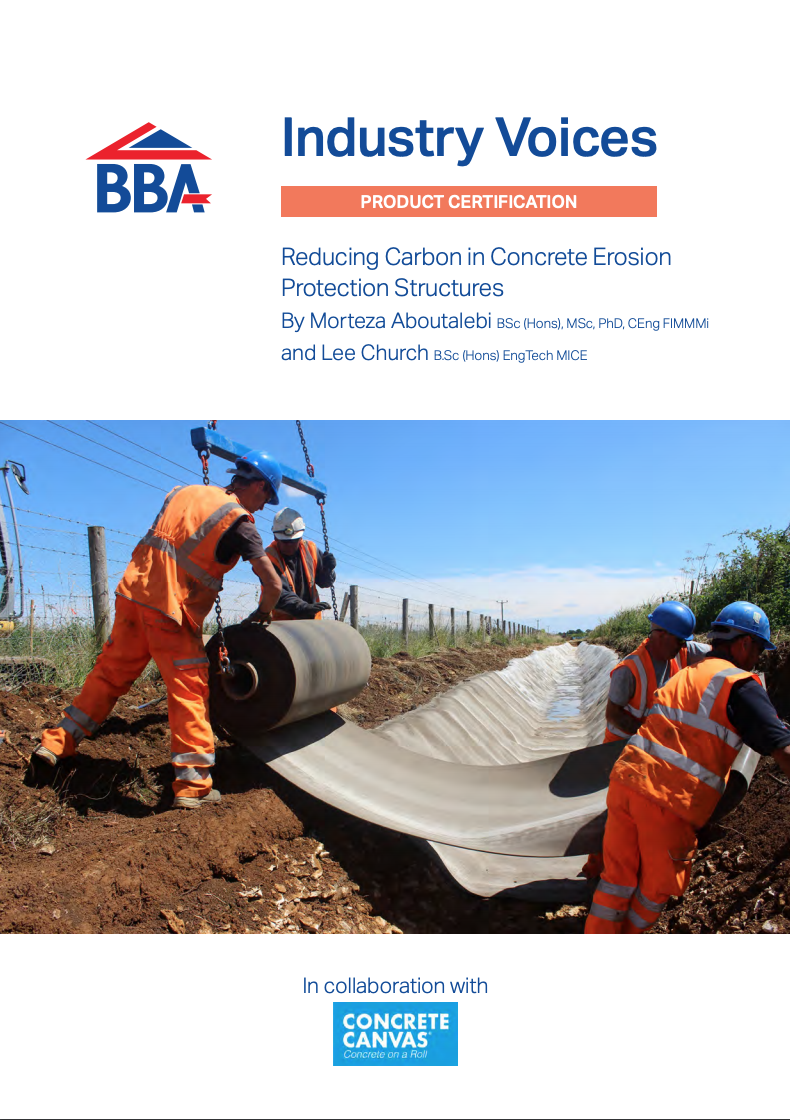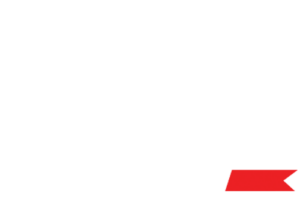Much ink has been spilled over the last decade about the digital transformation of construction. Initiatives such as the Construction Innovation Hub, the Digital Twin Hub and the UK government’s Transforming Infrastructure Performance Roadmap to 2030 talk of driving technology and data into the heart of projects to deliver a built environment that can meet the big strategic challenges facing the UK at a price it can afford to pay. This all provides grounds for optimism but it is also clear that those involved in this work believe there remains much to be done.
The Cost of Poor Data Management – Lessons from Grenfell & the Carmont Derailment
The cost of bad data and poor information management is not solely financial. The Grenfell Tower tragedy has highlighted the need for a golden thread of information that duty holders need if buildings are to be safe – and how this must be backed up by information management processes that ensure this information is accurate, is kept up to date and is easily accessible.
The recent report into a fatal derailment of a train at Carmont, Aberdeenshire, highlights the relationship between data and safety in another area of the built environment.
Investigation Branch found that while construction defects underpinned the tragedy, poor management and use of data was also a contributing factor. In this case what was designed (a data artefact) was not what was built (the records of which should have been a second, comparable data artefact). The safe operation of the railway was further undermined by a failure to utilize data-based foresight to understand the potential impact of some of the worst weather on record. This all contributed to the train derailing after striking debris washed out from a drainage system that did not perform as intended after a period of heavy rain.
In more advanced industry sectors the non-conformances of the construction (or manufacture) versus the design would have been revealed in the data, as would the precursors of the tragedy in the hours before it occurred, both activating fail-to-safe procedures.
Doing the right thing – and demonstrating that the right thing has been done
Increased regulation in the light of these tragedies, alongside generation defining challenges such as the push for a Net Zero Carbon economy by 2050, mean that the ability to do the right thing, do it consistently and demonstrate that it has been done have never been more important.
In this context, high quality, easily accessed and shared digital information on construction products and assets has many potential benefits across the construction lifecycle and value chain. This can include easier analysis of performance against cost, operational efficiency and environmental metrics. Better information can also provide transparency about the impacts of material substitution on safety and performance requirements, automated exchange of unambiguous information to all parties during construction, better maintainance processes during operation and the reuse of data between projects to support replicability and continuous improvement. The product certificates issued by the likes of BBA capture a wealth of data, information and insight that forms an important part of this information jigsaw.
The slow pace of digital transformation in construction however suggests that the benefits are unlikely to be unlocked organically by bottom-up activity driven solely by technical specialists. If progress is to be made, leaders across the industry need to commit to a high-level solution and work together to bring whole supply chains into a shared model.
Objects, Dictionaries and Data Templates
One vision for how that model could look is suggested by a recent article from Richard Robinson, CEO of Atkins in the UK and Europe. Robinson stresses there is no value in data until it is “structured, managed and presented in a way that lets you understand it, and take action”. Robinson identifies that a proliferation of data standards and structures are getting in the way of this happening and calls on the industry to adopt two international standards published in 2020; ISO 23386 (Building Information Modelling and other digital processes used in construction) and ISO 23387 (Building Information Modelling – Data templates for construction objects used in the life cycle of built assets).
What does that string of letters and words mean in practice? Put simply, if we want to exchange information between multiple players, for different uses, utilizing many software packages, we need some form of common language.
One aspect of this arises when we translate the physical products such as a window or a door, into their digital equivalents their characteristics or properties need to be generated in a consistent format so that they are machine readable and usable across all those different software packages. A single or unified set of standards, as Robinson advocates, is needed to provide a standard methodology for creating this information. The need, in principle, is to connect every property to a set of attributes. Examples of attributes includes a unit or measure e.g. volts or meters, and definitions that are grounded in relevant product function standards.
To allow this digital information to be used in different contexts and by different software packages they are stored in a data dictionary, the largest of which is the international building SMART dictionary.
The Standards must also cover how the information about properties and attributes should be maintained in “interconnected data dictionaries”. Interconnected is the important word here. In different parts of the industry and in different countries, different words will be used to describe the properties of an object – and without intervention software will see different information. This means that an important role of the organisations helping to maintain the dictionaries is to create a common framework linking a variety of information to the same concept so that it can be recognised by machines. Businesses such as Cobuilder have been active in this space and have produced some useful material to explain these ideas in more detail.
Once you have sets of properties stored in a data dictionary, the information can be used to create a data template. Following Richard Robinson’s lead, ISO 23387 provides for what is needed.
Templates can be used to structure all the date needed to provide an unambiguous answer to very specific question like What are all the performance characteristics needed from a window to achieve a UKCA mark.
Data Sheets and Product Passports
Any actor involved in a construction project can use a data template to set out their data needs and then populate the template with verified data from the real world.
Product manufacturers can take the information in a data template to generate data sheets which summarise all of a product’s technical and performance characteristics, related to whatever regulatory or commercial need is captured in the template. This creates a unique product passport (or perhaps we should say QR code!) that helps bridge the divide between the information a manufacturer holds about their products and what a client, designer, specifier or contractor holds on their systems about their requirements.
Manufacturers will derive most value from this whole process if they can populate data templates with complete and up to date information about their products. Agrément Certificates capture vital information about a product’s formulation and its performance capabilities in relation to national and international standards. If this information can be digitised effectively, certificates will become an important source of information for data templates.
So what next?
This article sketches out one route for integrating product certification into the digital transformation of construction and how that is supported by existing international standards. Setting out a vision is one thing, realising it quite another and over the coming months BBA will be studying developments, working proactively with the CCPI and reaching out to clients to better understand the role we can play to help generate the consensus on data format and data quality that is so badly needed to drive the construction industry forward.
Share This Story, Choose Your Platform!
Related News
Much ink has been spilled over the last decade about the digital transformation of construction. Initiatives such as the Construction Innovation Hub, the Digital Twin Hub and the UK government’s Transforming Infrastructure Performance Roadmap to 2030 talk of driving technology and data into the heart of projects to deliver a built environment that can meet the big strategic challenges facing the UK at a price it can afford to pay. This all provides grounds for optimism but it is also clear that those involved in this work believe there remains much to be done.
The Cost of Poor Data Management – Lessons from Grenfell & the Carmont Derailment
The cost of bad data and poor information management is not solely financial. The Grenfell Tower tragedy has highlighted the need for a golden thread of information that duty holders need if buildings are to be safe – and how this must be backed up by information management processes that ensure this information is accurate, is kept up to date and is easily accessible.
The recent report into a fatal derailment of a train at Carmont, Aberdeenshire, highlights the relationship between data and safety in another area of the built environment.
Investigation Branch found that while construction defects underpinned the tragedy, poor management and use of data was also a contributing factor. In this case what was designed (a data artefact) was not what was built (the records of which should have been a second, comparable data artefact). The safe operation of the railway was further undermined by a failure to utilize data-based foresight to understand the potential impact of some of the worst weather on record. This all contributed to the train derailing after striking debris washed out from a drainage system that did not perform as intended after a period of heavy rain.
In more advanced industry sectors the non-conformances of the construction (or manufacture) versus the design would have been revealed in the data, as would the precursors of the tragedy in the hours before it occurred, both activating fail-to-safe procedures.
Doing the right thing – and demonstrating that the right thing has been done
Increased regulation in the light of these tragedies, alongside generation defining challenges such as the push for a Net Zero Carbon economy by 2050, mean that the ability to do the right thing, do it consistently and demonstrate that it has been done have never been more important.
In this context, high quality, easily accessed and shared digital information on construction products and assets has many potential benefits across the construction lifecycle and value chain. This can include easier analysis of performance against cost, operational efficiency and environmental metrics. Better information can also provide transparency about the impacts of material substitution on safety and performance requirements, automated exchange of unambiguous information to all parties during construction, better maintainance processes during operation and the reuse of data between projects to support replicability and continuous improvement. The product certificates issued by the likes of BBA capture a wealth of data, information and insight that forms an important part of this information jigsaw.
The slow pace of digital transformation in construction however suggests that the benefits are unlikely to be unlocked organically by bottom-up activity driven solely by technical specialists. If progress is to be made, leaders across the industry need to commit to a high-level solution and work together to bring whole supply chains into a shared model.
Objects, Dictionaries and Data Templates
One vision for how that model could look is suggested by a recent article from Richard Robinson, CEO of Atkins in the UK and Europe. Robinson stresses there is no value in data until it is “structured, managed and presented in a way that lets you understand it, and take action”. Robinson identifies that a proliferation of data standards and structures are getting in the way of this happening and calls on the industry to adopt two international standards published in 2020; ISO 23386 (Building Information Modelling and other digital processes used in construction) and ISO 23387 (Building Information Modelling – Data templates for construction objects used in the life cycle of built assets).
What does that string of letters and words mean in practice? Put simply, if we want to exchange information between multiple players, for different uses, utilizing many software packages, we need some form of common language.
One aspect of this arises when we translate the physical products such as a window or a door, into their digital equivalents their characteristics or properties need to be generated in a consistent format so that they are machine readable and usable across all those different software packages. A single or unified set of standards, as Robinson advocates, is needed to provide a standard methodology for creating this information. The need, in principle, is to connect every property to a set of attributes. Examples of attributes includes a unit or measure e.g. volts or meters, and definitions that are grounded in relevant product function standards.
To allow this digital information to be used in different contexts and by different software packages they are stored in a data dictionary, the largest of which is the international building SMART dictionary.
The Standards must also cover how the information about properties and attributes should be maintained in “interconnected data dictionaries”. Interconnected is the important word here. In different parts of the industry and in different countries, different words will be used to describe the properties of an object – and without intervention software will see different information. This means that an important role of the organisations helping to maintain the dictionaries is to create a common framework linking a variety of information to the same concept so that it can be recognised by machines. Businesses such as Cobuilder have been active in this space and have produced some useful material to explain these ideas in more detail.
Once you have sets of properties stored in a data dictionary, the information can be used to create a data template. Following Richard Robinson’s lead, ISO 23387 provides for what is needed.
Templates can be used to structure all the date needed to provide an unambiguous answer to very specific question like What are all the performance characteristics needed from a window to achieve a UKCA mark.
Data Sheets and Product Passports
Any actor involved in a construction project can use a data template to set out their data needs and then populate the template with verified data from the real world.
Product manufacturers can take the information in a data template to generate data sheets which summarise all of a product’s technical and performance characteristics, related to whatever regulatory or commercial need is captured in the template. This creates a unique product passport (or perhaps we should say QR code!) that helps bridge the divide between the information a manufacturer holds about their products and what a client, designer, specifier or contractor holds on their systems about their requirements.
Manufacturers will derive most value from this whole process if they can populate data templates with complete and up to date information about their products. Agrément Certificates capture vital information about a product’s formulation and its performance capabilities in relation to national and international standards. If this information can be digitised effectively, certificates will become an important source of information for data templates.
So what next?
This article sketches out one route for integrating product certification into the digital transformation of construction and how that is supported by existing international standards. Setting out a vision is one thing, realising it quite another and over the coming months BBA will be studying developments, working proactively with the CCPI and reaching out to clients to better understand the role we can play to help generate the consensus on data format and data quality that is so badly needed to drive the construction industry forward.
Share This Story, Choose Your Platform!
Related News
Get in touch
Please complete the form below and we will contact you as soon as possible.
To help us to respond to your inquiry as quickly as possible, we have put a handy list of our services below.


